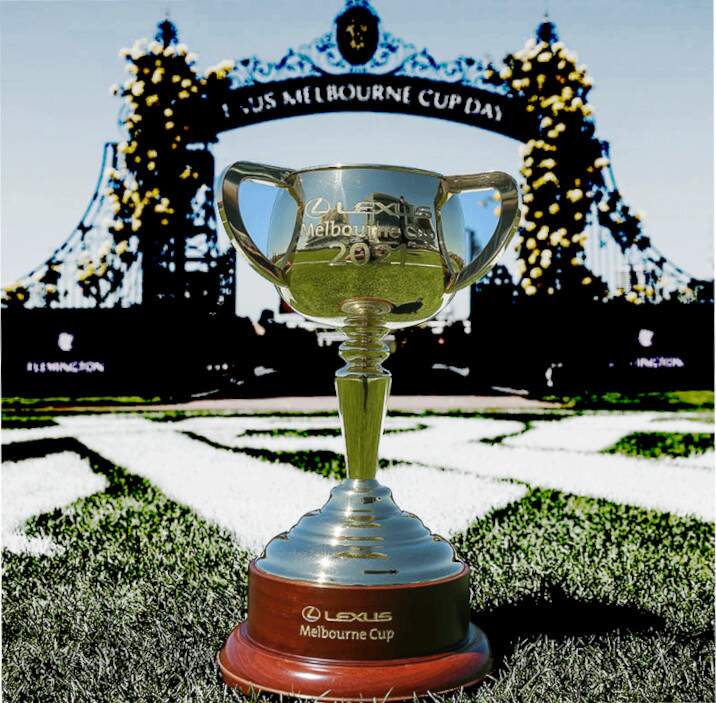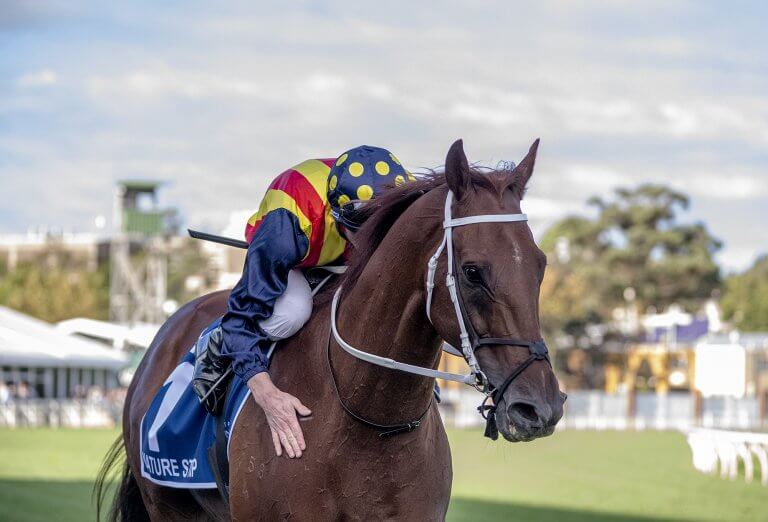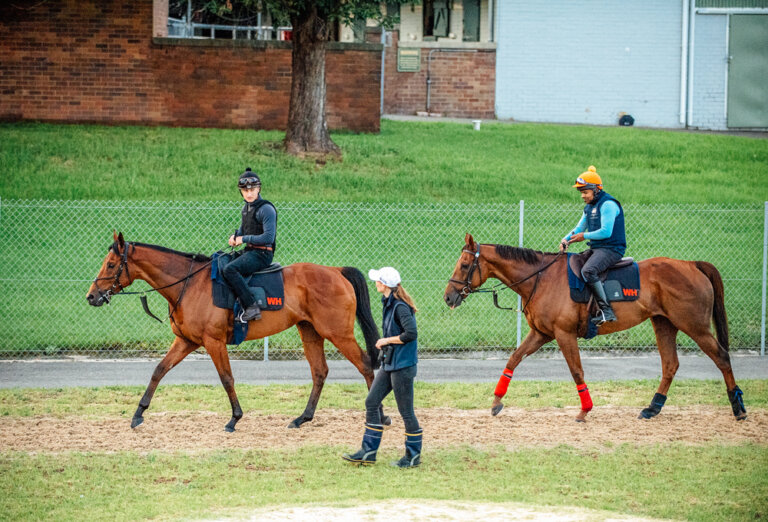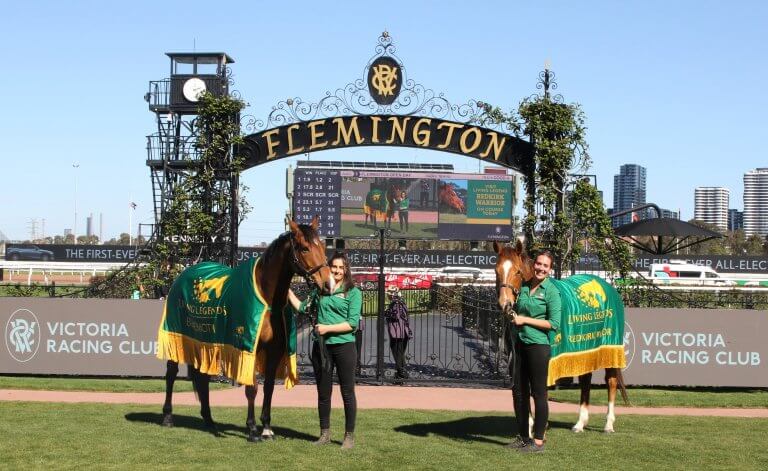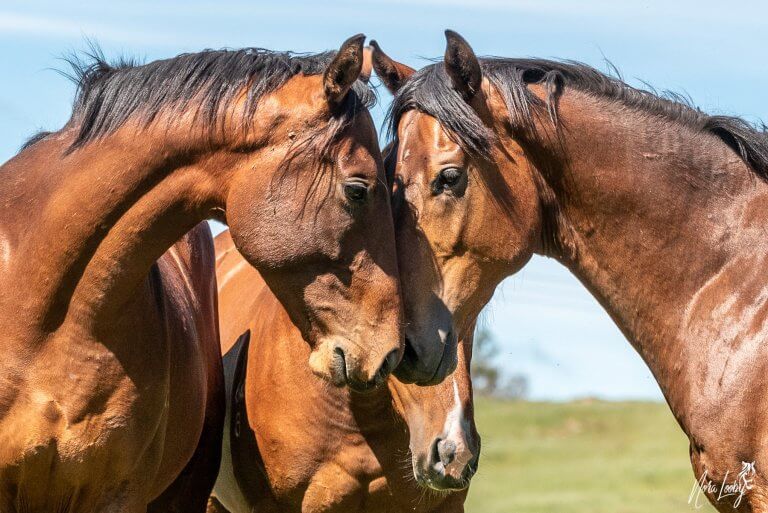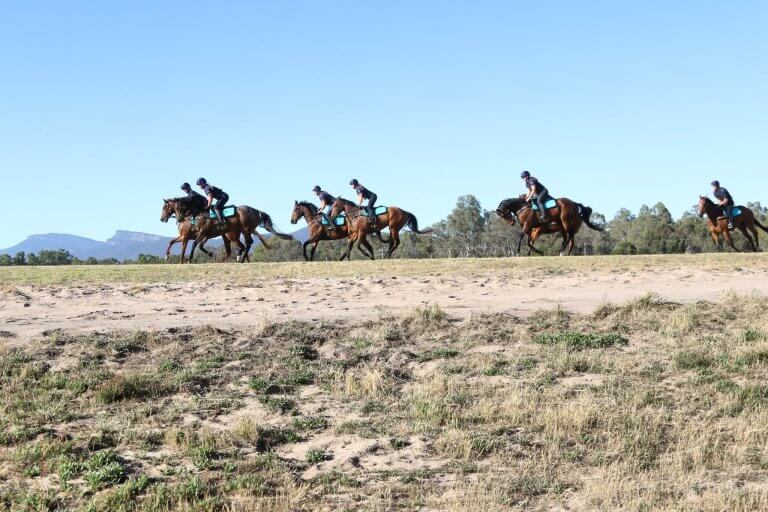It’s no secret that ‘the race that stops a nation’ has been stopping the nation for all the wrong reasons in recent years.
What's the brutal truth?
There have been five fatal limb injuries in the Melbourne Cup over the last 40 years – and four have happened since 2013. Each was an internationally trained racehorse, travelling to Australia specifically to race in the Melbourne Cup.
The horses were:
- Anthony Van Dyck (2020, Ireland)
- The Cliffsofmoher (2018, Ireland)
- Red Cadeaux (2015, UK), euthanised two weeks after the race because of irreversible complications which arose with his injured foreleg
- Verema (2013, France)
- Three Crowns (1998, Singapore)
In addition, two horses who contested the 2014 Melbourne Cup died on the day:
- Admire Rakti (Japan) suffered cardiac arrest after ventricular fibrillation
- Araldo (a Victorian-trained import) was euthanised after sustaining a limb injury while leaving the track when spooked by a flag waved by a spectator
The recent Melbourne Cup fatal limb injury record is a terrible indictment on horse racing. Understandably, it has driven outrage around Australia and caused monumental public backlash.
But more upset than any group of protestors or activists are those in the horseracing industry itself.
… it’s over 48 times the rate of fatal limb injuries across Australia in a typical year.
If you do not follow horseracing regularly, you may be wondering why the horseracing industry would be so appalled.
This is just all in a day’s racing, right? It’s what the industry supports, right?
No, wrong.
The rate of fatal limb injuries in the Melbourne Cup is shocking by any standard – and exponentially higher than the annual horseracing fatal limb injury rate in this country.
Four fatal limb injuries in eight years, from 188 horses that started in those eight Melbourne Cup races, that’s a 2.1% fatality rate, which is over 48 times the rate of fatal limb injuries across Australia in a typical year. In addition, 100% of the fatal limb injuries were suffered by international horses, who represented 41% of the Melbourne Cup starters.
This is not just abnormal. It’s monumentally abnormal.
Any horse being injured is one too many, but four fatal limb injuries in eight years to international horses in one race is downright devastating. And it is the one race that all Australian eyes are watching, so it’s easy to see why many believe that this is a normal standard for the whole industry.
So, what makes the Melbourne Cup different?
There are several risk factors associated with fatal limb injuries, which means we can’t attribute the deaths of these international horses to one single factor – otherwise that would have been identified long ago.
Apart from the origin of the horse (i.e., an international traveller) some of the known risk factors include: Number of starters in the race; Track surface; Veterinary history.
You might think that the last factor, veterinary history, is an obvious one? Well, yes, and Racing Victoria (see appendix) now examines veterinary records for all participants in the Melbourne Cup more closely than ever. But that still doesn’t explain why international horses are at such an extraordinary risk.
One factor that is thought to be a significant cause, but is very hard to test, is the change in racing style that horses encounter when they first come here. The vast majority of the international horses have come from Europe, where they race at a different tempo, on different surfaces and rarely round the tight bends that we have in Australia.
Whilst Australian-trained horses have been conditioned their whole lives to thrive on our style of racing, the international horses have not – so the thinking goes that the whole package of conditions is different enough here to increase their risk dramatically.
What has been done about it?
In 2021, the Victorian Racing Club (VRC) and Racing Victoria (RV) imposed strict safety standards and veterinary protocols for horses competing in the Melbourne Cup. Abnormally and unrealistically strong standards, opponents would say, but in reality, it was a proportionate response by the VRC and RV to the shocking statistics the race has been delivering.
Pre-Travel
– An enhanced pre-travel veterinary examination process will ensure an unprecedented level of scrutiny on horses wishing to travel with additional compulsory diagnostic imaging and examinations to be conducted;
– All international horses wishing to enter Werribee International Horse Centre (WIHC) must undergo full body scintigraphy and CT/MRI of their distal limbs at the expense of their connections two to six weeks prior to entering pre-export quarantine;
– Horses that have had a previous major fracture or orthopaedic surgery will be excluded from travelling and entering WIHC regardless of their current health and soundness; and
– An RV appointed veterinarian will conduct a pre-travel veterinary examination in pre-export quarantine within a week of travelling to Australia to ensure the ongoing suitability of horses to travel.
Post-Arrival in Australia
– All international horses that arrive at WIHC must also undergo a CT scan of their distal limbs prior to each start in Victoria during the Spring Racing Carnival before being permitted to compete, with the costs to be met by RV;
– Dedicated RV appointed veterinary staff will provide and/or oversee veterinary clinical services for international horses at WIHC instead of stables appointing their own private veterinarians; and
– Enhanced oversight will include new trackwork monitoring processes and systems along with the world-first introduction of cortisol analysis to monitor stress levels in international horses based at WIHC.
Werribee International Horse Centre
– The WIHC will be retained as the industry’s quarantine facility and international training centre with further enhancements to be made to the two training tracks and veterinary examination facilities;
– The depth of the profile of the sand-fibre track will be increased and track preparation modified to increase the depth and frequency of harrowing, while the crossing will be upgraded on the turf track;
– The number of international horses permitted to enter the WIHC for the Spring Racing Carnival will be capped at 24 – down from an uncapped peak of 42 in 2018; and
– Imported international horses (‘one-way tickets’), whilst in training, will be required to remain at the WIHC until at least the conclusion of Melbourne Cup week before being permitted to transfer to different training facilities.
Melbourne Cup
– In what is believed to be a world-first initiative, all horses – international and local – must undergo a CT scan of their distal limbs before being permitted to compete in the Melbourne Cup, with the costs to be met by RV;
– That diagnostic imaging must be performed after the date of the Caulfield Cup and prior to Melbourne Cup final acceptances, with local horses permitted to start between their imaging and the Melbourne Cup;
– These scans will be reviewed by a panel of three RV-appointed international experts in equine surgery and veterinary diagnostic imaging to determine the horse’s suitability to race;
– International horses that travel to Australia via the WIHC will be permitted to have a maximum of one start only in Australia prior to contesting the Melbourne Cup; and
– An additional pre-race veterinary inspection of all starters will be conducted by a panel of RV veterinarians on the day prior to the Melbourne Cup, in addition to that already conducted on the Thursday/Friday prior to the race.
This is similar to how other sports have evolved and developed safety protocols in response to new information, changing awareness and updated standards.
The most high profile example is the response to concussion by American Football, which has taken a number of steps to try to minimise the risk of head injury in a sport where it was almost regarded as part of the game.
The unprecedented safety standards and veterinary protocols imposed by the VRC and RV are supported by the majority of wider Australian horseracing industry participants, who know that for the race to survive, the risk of racehorse injury needs to plummet.
The Melbourne Cup is a race synonymous with Australian history and sporting culture. And while it has had some major challenges over the last decade, the changes in safety and veterinary protocols made in the last two years are proportionately ground-breaking by world racing standards.
The job is not yet done. It never will be done.
Zero is the only tolerable number of racehorse injuries. And even when zero is reached, the VRC and RV has stated it will review the rules and standards to respond to changes in racing and veterinary medicine to ensure the Melbourne Cup is the ongoing benchmark for horse safety.
